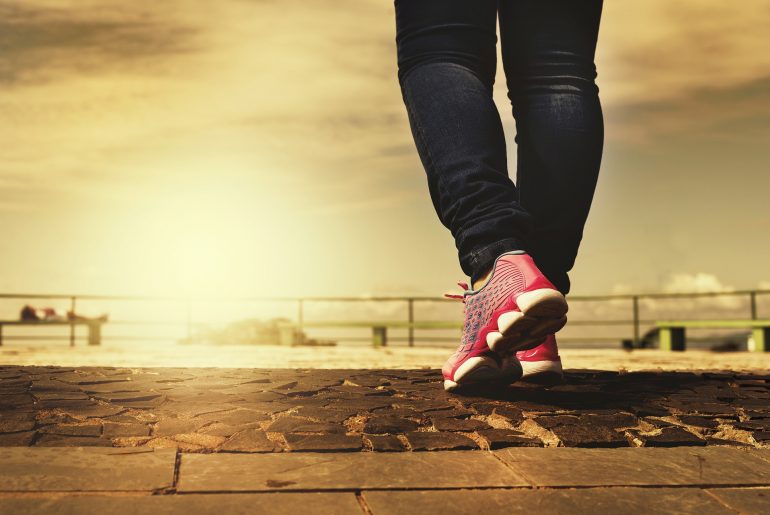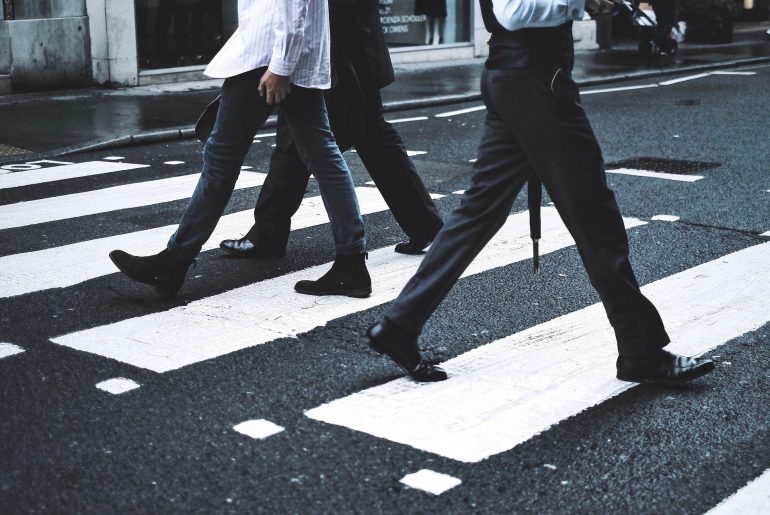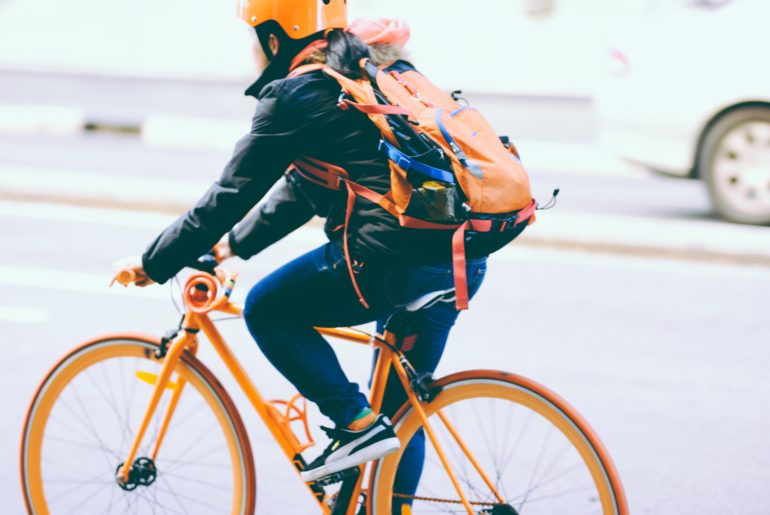It’s ten minutes from lunch and you’ve just finished a long meeting. Toward the end of the meeting, a new project proposal was raised by your manager. This project is different to your average work project and requires consideration of factors not typically present within your usual work. You ran out of time in the meeting to brainstorm as a team, so your manager encouraged you to think about possible ways to creatively and effectively approach the project between now and the next meeting. Your options for the next ten minutes are: Quickly return to your desk and use the time to tick off some easy tasks before lunch. Stay in the board room and write down some strategies for the project proposal while it’s fresh. Take a ten-minute walk and verbally brainstorm your ideas. If you picked option “3”, you might just come up with the most amount of appropriately novel (or creative) ideas. How? A study by researchers from Stanford University tested university students’ ability to produce creative ideas from either a seated or a walking condition. It was found that those who switched from sitting to walking in their second trial, produced more novel and quality ideas…
![]()




